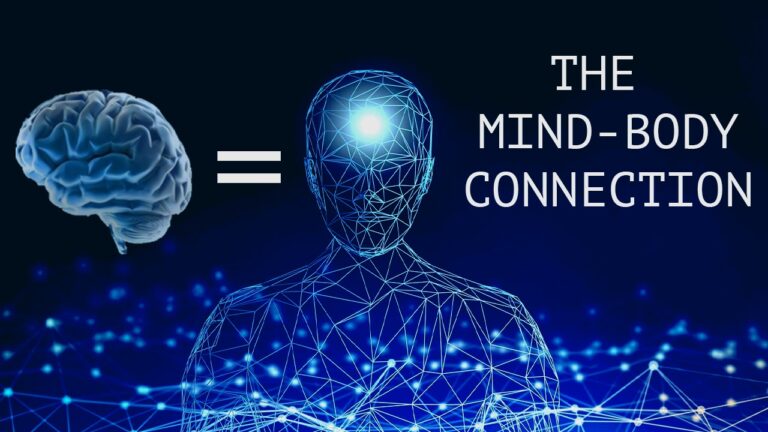
When most people think of chiropractic care, they imagine relief from back pain, headaches, or stiffness. And while those are common benefits, the true power of chiropractic care extends far beyond physical comfort. Your spine isn’t just a structural column—it’s the motor that drives your brain health. Regular chiropractic adjustments can optimize how your brain functions, fuels your energy, and supports your body’s ability to adapt and heal.
In this post, we’ll explore how spinal movement powers your brain and why taking care of your spine is one of the most powerful ways to enhance your neurological health.
The 90% Principle: Why Your Spine Fuels Your Brain
In 1981, Nobel Prize–winning neuropsychologist Dr. Roger Sperry made a remarkable discovery: as much as 90% of the stimulation and nutrition to the brain comes from movement of the spine.
That means only about 10% of your brain’s total energy is left for everything else—thinking, metabolism, immune function, and healing. The other 90% is devoted to one of the brain’s most demanding jobs: keeping your body upright in gravity through posture, balance, and coordination.
When your spine moves well, your brain thrives. But when motion is restricted—whether from poor posture, stress, or injury—your brain’s energy supply and sensory feedback become compromised.
The “Garbage In, Garbage Out” Reality
Your brain and body are in constant communication through a stream of sensory information called proprioception—your body’s unconscious awareness of where it is in space. Specialized receptors in your muscles and joints (especially along the spine) send this information to the brain every second of the day.
However, when spinal segments become restricted or misaligned (a condition known as vertebral subluxation), the quality of that information drops dramatically.
Restricted motion: Stiff joints send distorted or incomplete signals to the brain.
Brain overload: When your brain receives “garbage” input, it must work harder to stay balanced and upright.
Functional decline: This drains energy from the 10% of brainpower used for focus, emotional balance, healing, and higher thinking.
The result? Fatigue, brain fog, stress, and slower recovery—often without any obvious back pain at all.
The Chiropractic Advantage: Sharpening the Signal
Corrective chiropractic care does more than “crack” your back. Each adjustment is a precise neurological reset that restores healthy movement and clear communication between your spine and brain.
Here’s how chiropractic adjustments enhance brain function:
1. Sharpen Proprioception
By restoring spinal motion, adjustments flood the brain with accurate sensory input. This refreshes your brain’s internal “map” of the body and immediately improves balance and coordination.
2. Optimize Brain Activity
Modern neuroimaging has shown that chiropractic adjustments increase activity in the prefrontal cortex—the area responsible for focus, decision-making, and stress control.
3. Support Neuroplasticity
Healthy spinal movement helps your brain rewire itself (neuroplasticity), enhancing your ability to learn, adapt, and recover.
4. Reduce Stress and Promote Recovery
By removing interference in the nervous system, adjustments help shift your body from “fight or flight” mode into the calming, healing “rest and digest” state—supporting better digestion, sleep, and resilience.
5. Rewire Movement Patterns
Combining adjustments with corrective exercises strengthens new, healthy movement patterns—breaking the old dysfunctional loops that lead to pain and poor performance.
Why It Matters: Protecting Your Brain’s Energy
Your brain is a high-performance engine that depends on spinal movement as its fuel.
When that movement is compromised, the brain spends most of its energy just fighting gravity—leaving less for the things that truly matter: thinking clearly, healing efficiently, and living energetically.
You deserve to use 100% of your energy for living, not wasting 90% battling poor posture and spinal stress.
Fuel Your Brain, Reclaim Your Energy
Don’t wait for pain to be your signal. Protect your brain and body by keeping your spine moving optimally.
Schedule your Spinal and Neuro Checkup today!
📞 Call or text us at 508-896-7277
🌐 Visit our schedulerhttps: //www.mindbodyspinechiro.com/request-an-appointment.html
Let’s keep your brain sharp, balanced, and resilient—so you can live life at your full potential.
References & Further Reading
Sperry, R. W. (1981). Nobel Lecture: Some effects of disconnecting the cerebral hemispheres. NobelPrize.org.
Haavik, H. & Murphy, B. (2012). The neurophysiological effects of spinal manipulation. The New Zealand College of Chiropractic.
Lelic, D., et al. (2016). Manipulation of dysfunctional spinal joints affects sensorimotor integration in the cerebral cortex. Experimental Brain Research, 234(10), 2813–2824.
Glassman, S. D., et al. (2005). Correlation of radiographic measurements of lumbar sagittal alignment with patient reported disability measures. Spine, 30(6), 682–688.




